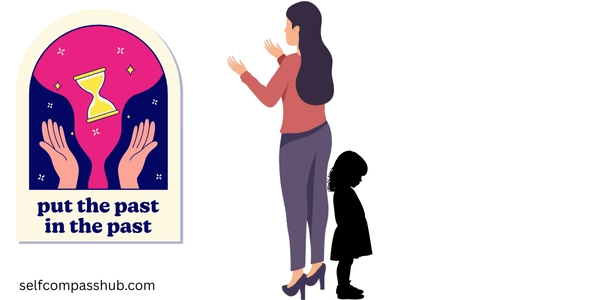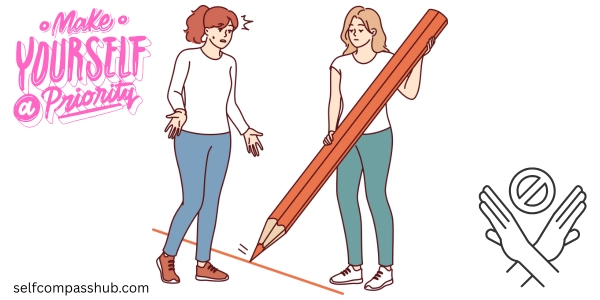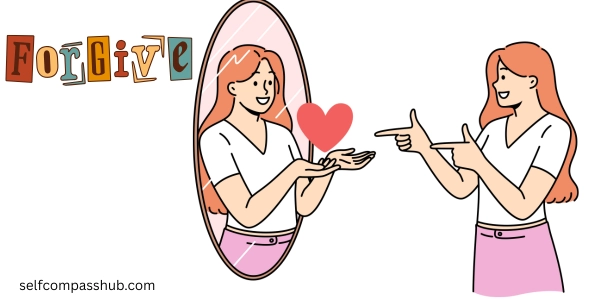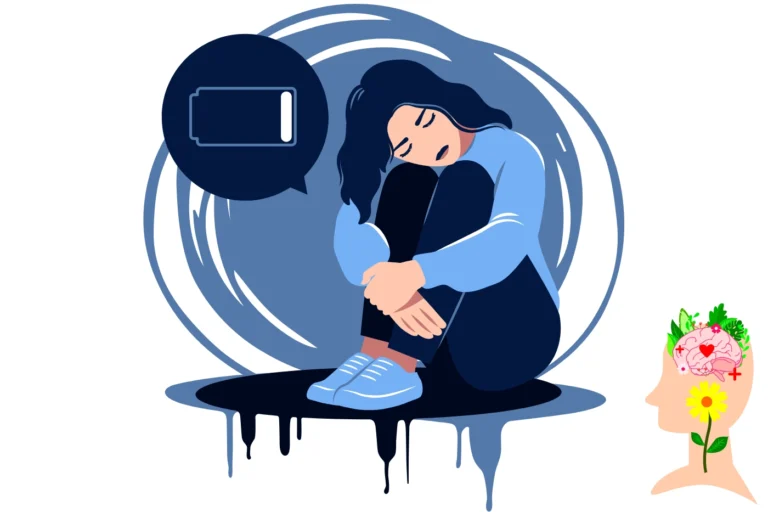Breaking free from yesterday to embrace tomorrow
Have you ever felt like your past is a weight you can’t put down? Those memories, mistakes, and painful experiences that follow you like shadows, affecting your present and clouding your future? You’re not alone. We all carry pieces of our history with us, but when that baggage becomes too heavy, it’s time to find the strength to let go.
Why We Hold On
Before we can truly release the past, it helps to understand why we cling to it:
- Familiarity: Even painful patterns can feel safer than the unknown.
- Identity: Our stories become intertwined with who we believe we are.
- Unresolved emotions: Grief, anger, or regret that hasn’t been properly processed.
- Fear of repeating mistakes: Holding on as a form of protection.
Now, let’s explore powerful strategies to help you release what no longer serves you.
1. Practice Radical Acceptance
The path to letting go begins with accepting what has happened – not because you approve of it, but because fighting reality only deepens suffering.
Radical acceptance means acknowledging: “This happened. I can’t change it, but I can change how I respond to it now.”
Try this: Create a simple mantra like “It happened. It’s over. I’m still here.” Repeat it when memories surface, reminding yourself that acceptance isn’t defeat – it’s the first step toward freedom.
“Acceptance is not about liking a situation. It’s about acknowledging what is and choosing how to live now.”
2. Create Release Rituals
Symbolic acts can help our minds and hearts process what logic alone cannot. Release rituals create powerful metaphors for letting go.
Ideas for release rituals:
- Write down painful memories on paper, then safely burn them.
- Select an object to represent your burden, then release it into moving water.
- Plant seeds to symbolize new growth emerging from old pain.
- Create art that transforms your experience into something meaningful.
What makes these rituals effective is the intention behind them and the meaning you assign to them.
3. Reframe Your Story
The stories we tell about our past shape our present. While you can’t change what happened, you can change the narrative around it.
Instead of “This ruined me,” try “This taught me.” Instead of “I failed,” try “I learned what doesn’t work.” Instead of “I was betrayed,” try “I discovered my capacity for resilience.”
Try this: Write your story twice – once focusing on victimhood or regret, and once focusing on strength, wisdom gained, and how it prepared you for something better.
4. Practice Mindful Presence
The past exists only in our minds. Mindfulness gently brings us back to the only moment we can actually live in – right now.
Simple mindfulness practices:
- Set “presence reminders” on your phone to check in with your senses throughout the day.
- When caught in rumination, name five things you can see, four you can touch, three you can hear, two you can smell, and one you can taste.
- Practice “noting” thoughts about the past with “remembering” and gently redirect attention to your breath.
Remember that mindfulness isn’t about never thinking about the past – it’s about choosing when to visit those memories rather than being hijacked by them.
5. Set Boundaries with “Past-Triggers”
Identify what consistently pulls you back into old patterns or painful memories, then create clear boundaries:
- People who constantly bring up your past mistakes
- Locations strongly associated with painful events
- Social media connections that keep you tethered to old identities
- Anniversaries or dates that need new associations
Sometimes a physical boundary is needed (like limiting contact with certain people). Other times, an internal boundary works better (“I will give myself permission to change the subject when this topic arises”).
6. Practice Radical Self-Forgiveness
Forgiveness – whether of yourself or others – is not about condoning what happened. It’s about freeing yourself from the ongoing pain of holding on.
Self-forgiveness can be especially challenging. We often hold ourselves to impossible standards and punish ourselves long after we would have forgiven someone else for the same action.
Try this: Write a forgiveness letter to yourself from the perspective of someone who loves you unconditionally. What would they say about your mistakes? How would they remind you of your worth beyond your past actions?
7. Create a Compelling Future
Nature abhors a vacuum. When you release the past, fill that space with a vision that pulls you forward.
Ask yourself:
- What becomes possible when I’m no longer defined by my past?
- What strengths have I developed through my challenges?
- What matters most to me now?
- What small step can I take today toward that future?
The more vivid and meaningful your vision for tomorrow, the less power yesterday holds over you.
A Final Thought: Letting Go Is a Process
Letting go isn’t a one-time event but a practice – sometimes a daily one. Some days you’ll feel lighter and freer; other days old patterns may resurface. That’s not failure; it’s being human.
The strength to let go comes not from never looking back, but from choosing, again and again, to also look forward. With each choice to release what no longer serves you, you reclaim a piece of your power and open yourself to new possibilities.
Your past may have shaped you, but it need not define you. The pen that writes your future is in your hands now.
What strategies have helped you let go of the past? Share in the comments below.














